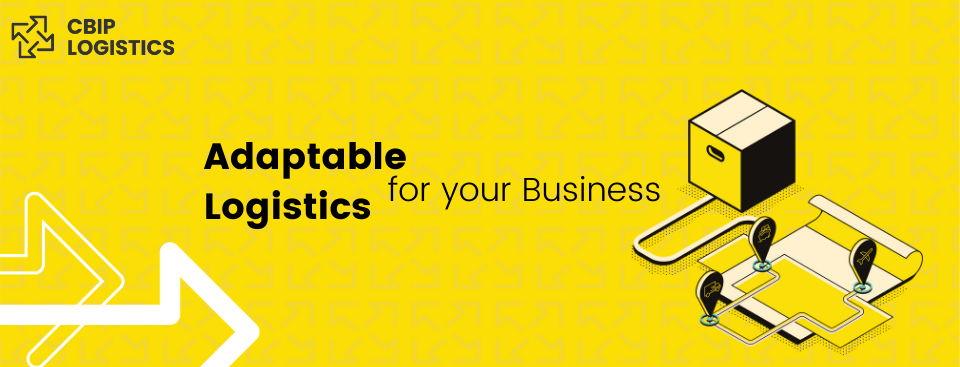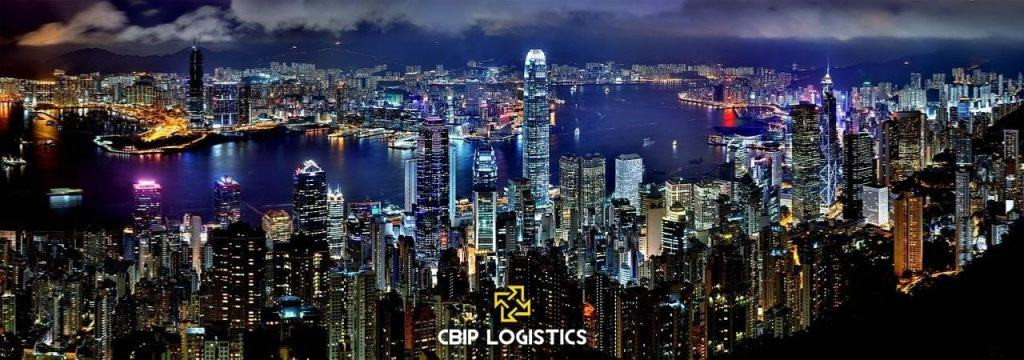Hong Kong Customs Clearance: A Step-By-Step Guide

HONG KONG CUSTOMS CLEARANCE – THE BASICS:
According to 2018 statistics, as much as 8% of mainland China’s exports to the U.S. and as much as 6% of imports from the U.S. were routed through Hong Kong.
If you move goods through China there is a strong chance you will have to clear customs in Hong Kong. That makes it a key clearance point in any trade going to and from China.
If your goods fail to pass customs in Hong Kong, officials can hold or confiscate them. That can mean added days or even weeks to your fulfillment. Days and weeks that you probably cannot afford to give.
Find Out About CBIP’s Domestic Logistics Services in Hong Kong
To avoid that scenario, here are some things you should prepare for when routing through Hong Kong.
Like most nations, Hong Kong has an extensive list of trade agreements and regulated items. You should at very least have a general knowledge of them before operating in the region.
How it works
After your cargo arrives at the port – before your importer takes possession – your products will be inspected and occasionally sampled by the customs authorities. Once approved, you’ll collect a “release” letter.
Documents required to facilitate Customs clearance are:
- Manifests
- Import/export licenses or removal permits (if required)
- Copy of detention notices (if applicable)
- Other supporting documents
We’ll discuss this further below:
If you are importing/exporting “prohibited articles” or “reserved commodities” you will also be required to deliver relevant manifests and import/export licenses for manifest checking to the Trade and Industry Department within 14 days of shipping.
Your importer always needs to file an “import declaration” with the Customs and Excise Department, within 14 days following the import.
Some of your cases may be selected for physical examination. If your consignments are selected to be examined, they will be detained by customs. Customs clearance for air or sea shipments usually takes 3-5 days.
It seems like a lot, but if you have all of your documentation handy and are aware of the rules, your goods should clear customs quickly.
STEP 2: PREPARE DOCUMENTATION
You are not required to be present during inspection and clearance of goods in Hong Kong – however, you need to make sure you have prepared all relevant documents beforehand.
If you are a local importer, you should purchase a license in case you import products that are subject to import duties. Consultants like Santander recommend you purchase a license for each import.
RELATED: How Technology is Transforming Logistics, Part 1
As mentioned above, you will need to submit the following documents to Hong Kong customs:
- Manifests – documents listing the cargo, passengers, and crew of a ship, aircraft, or vehicle.
- Import/export licenses or removal permits (if required)
- Copies of detention notices (if applicable) – these are documents for goods detained by customs.
- Other supporting documents – These can include bills of lading, airway bills, invoices, packing lists, etc.
Personal documents you will need include:
- A copy of your passport (photo page)
- An authorization letter from yourself
- A Copy of Ocean Bill of Lading / Air Waybill
- A copy of your packing list in English
Once your shipment is cleared, you should receive a document to prove that all related duties have been paid and the shipment is clear to proceed.
Please bear in mind, if you want to import prohibited items, a license/permit/certificate will be needed. These can be obtained in advance from the government.
STEP 3: PAY TAXES AND DUTIES
Import & Export duties and taxes vary depending on the destination/origin and the item’s value.
As mentioned earlier, Hong Kong is a free port and does not levy any customs tariff on most imports and levies no tariffs on exports. Hong Kong also doesn’t have any tariff quotas, surcharges, or general services taxes.
Additionally, the Transshipment Facilitation Scheme between Hong Kong and mainland China allows mainland-bound shipments that pass through Hong Kong to have reduced tariffs in China.
This arrangement also covers goods traded between mainland China and certain trading partners including ASEAN members, Australia, Bangladesh, Chile, Costa Rica, Iceland, India, New Zealand, Pakistan, Peru, South Korea, Sri Lanka, Switzerland, and Taiwan.
Duties have to be paid upon delivery of the dutiable goods from the importing carrier or bonded warehouse to the local market. Duty assessments on dutiable goods are made by the Office of Dutiable Commodities Administration.
Finally, no duties are placed on dutiable goods that are sent to bonded warehouses for export or used as ships’ stores onboard ships, aircraft, or trains.
Restricted goods that may require tariffs include but aren’t limited to:
- Commodities such as alcoholic liquor and tobacco;
- Radio communication transmitting apparatus
- Pharmaceutical products and medicines
- Automobiles
- Raw milk
- Rice
- Sand
- Powdered formula
You can find more information on restricted goods on the Hong Kong Trade and Industry Department website.
WE HELP BUSINESSES LIKE YOURS THROUGH HONG KONG CUSTOMS AND BEYOND
For most businesses, managing the small details like customs can be a major time drain – and a costly one if you don’t know what you’re doing. At CBIP we want to help you manage your logistics easily in Hong Kong and beyond with a new kind of service.
We’re a fourth-party logistics provider with years of on-the-ground experience as a freight forwarder and customs broker in Hong Kong. Today we have a network expanding into ASEAN, Europe, North America, and beyond.
We not only know about customs, we also have an in-depth list of local logistics providers we can help you arrange into a tailor-made service plan to meet your needs.
Want to learn more? Visit our website here. Contact us today and we will get back to you within 24 hours!







